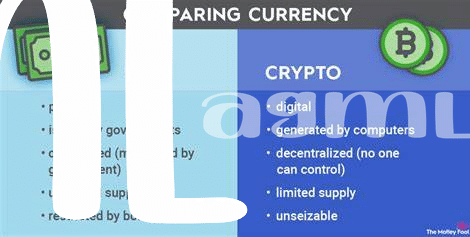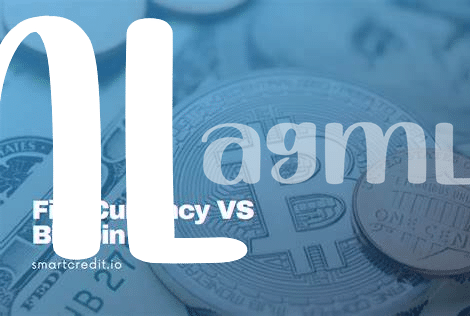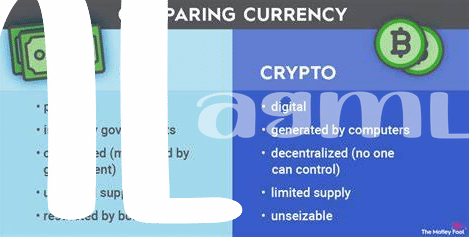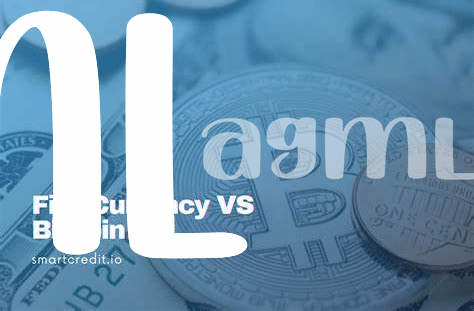💸 What Is Fiat and How Does It Work?

Imagine having a pocket full of paper and coins that you can exchange for a chocolate bar, a pair of shoes, or even a car. This magic paper and shiny coins are what we call “fiat money.” It’s a fancy term, but it’s really just the currency that the government prints and says, “Trust us, this is worth something.” Unlike the ancient times when people exchanged goods directly, like a chicken for some wheat, today’s money is not backed by physical things like gold or silver. Instead, its value comes from everyone agreeing to use it and trust it has value. Governments control its supply, deciding when to print more or pull some out of circulation, trying to keep everything balanced like a high-wire act. The magic behind it? Well, it’s all about trust and a little bit of order. Think of fiat money as the score in a game; it keeps everyone on the same page about who has what, without carrying around heavy bags of gold or herds of livestock.
| Feature | Description |
|---|---|
| Form | Paper bills and metal coins |
| Value | Based on government decree and public trust |
| Control | Regulated by national governments and central banks |
| Physical Backing | None – not backed by commodities like gold or silver |
| Use | Legal tender for all debts, public and private |
🌐 Exploring the World of Bitcoin & Cryptocurrency
Jumping into the universe of Bitcoin and other cryptocurrencies might feel a bit like landing on a new planet at first. But here’s the scoop: while your everyday money is issued by governments (that’s the fiat money, by the way), Bitcoin operates on a whole different level. It’s digital, decentralized, and not controlled by any single entity. Instead, it relies on a network of computers all over the world. Transactions with Bitcoin can seem a bit complex, but they’re really about sending digital cash directly from one person to another, sans the middleman. Now, why is there so much buzz around it? Because Bitcoin introduced the idea that you can have a form of money that operates outside the traditional banking system. This means you have more control over your own funds. For a closer look at how Bitcoin is making waves in different spheres, including tips for keeping transactions cost-effective, https://wikicrypto.news/navigating-bitcoin-fees-tips-for-cost-effective-transactions.
⚔️ the Battle Begins: Fiat Vs. Bitcoin Dynamics

Imagine two players in a playground: one is old, trusted, and has been around since the game started; that’s our good old cash, or fiat, as it’s formally known. On the other side, we have the new kid, Bitcoin, with all its digital friends called cryptocurrencies. They’re both playing a game called ‘currency,’ but they play by very different rules. Fiat is like playing with trusty paper notes and coins backed by governments. It’s what most of us are used to. But then, Bitcoin comes along, playing the game with bits and bytes, offering a way to trade and spend that doesn’t rely on big institutions.
Now, the playground is getting a bit crowded, and that’s where the dynamics start to get really interesting. 🔄 Bitcoin and its digital pals argue they’re more transparent and can zip money across the world without waiting in line at the bank. 🌍 Meanwhile, fiat stands its ground, waving its years of stability and widespread acceptance as virtues not easily matched. This isn’t just a tug of war; it’s a fascinating challenge of old vs. new, physical vs. digital. And as they vie for a spot in our wallets, it’s clear this game is going to need some new rules.
📈 Economic Impacts: Stability Vs. Volatility

When looking at money, there are two big players in the game: the traditional money made and controlled by governments (that’s fiat) and the new digital kid on the block, bitcoin. Unlike the steady and predictable nature of fiat, bitcoin is like a rollercoaster, thrilling with its ups and downs in value. This difference highlights a vital clash between stability and volatility. On one hand, fiat’s stability is comforting; knowing that the money in your pocket will have a similar buying power tomorrow. On the other, bitcoin’s quick swings can mean the chance for profit but also carry the risk of loss.
The economic impacts of these two forms of currency stretch far and wide. How they influence markets and economies could shape how we use money in the future. Stability from fiat offers a sense of security, making it easier for businesses to plan ahead. But bitcoin, with its unpredictable nature, encourages a more dynamic approach to managing money. Understanding how bitcoin supports philanthropic initiatives globally alongside a regulatory outlook can provide a deeper insight into its positive impacts beyond volatility. You can find more on this at how bitcoin supports philanthropic initiatives globally regulatory outlook. As the world watches this unfolding currency drama, the question remains: Will the steadiness of fiat win out, or will bitcoin’s swift changes lead the way?
🔮 Predicting the Future: Coexistence or Conflict?
Looking into the crystal ball to see the future of money, whether our wallets will be filled with digital coins or traditional cash, is indeed fascinating. On one side, we have Bitcoin and its digital siblings, promising a future where transactions dart across borders with the speed of light, free from the prying eyes of banks and governments. On the other, the familiar face of fiat currency, backed by centuries of trust and a regulatory framework that has withstood the tests of time. The question then isn’t just about which will emerge victorious but whether they can coexist peacefully in our pockets and purses.
| Aspect | Bitcoin | Fiat Currency |
|---|---|---|
| Backed by | Technology & Trust in the System | Governments & Historical Value |
| Stability | More Volatile | Generally Stable |
| Global Reach | Borders do not limit it | Varies by Country |
| Future Outlook | Innovative but Uncertain | Tested but Challenging |
It’s a blend of tradition and innovation, much like adding a pinch of salt to sweeten a dessert. As public perception evolves, largely influenced by how secure and easy to use we find these options, trust becomes the foundation upon which the future of currency will be built. Imagine a world where paying for coffee could mean scanning a QR code or handing over a note; it’s not about which is better but which one feels right in that moment. The future might not be an outright war but a dance, as both forms of currency lead and follow in turn.
👥 Public Perception and Trust: the Ultimate Decider

When we dive deep into the murky waters of money’s future, we find ourselves at the heart of a vital conversation: how we, the people, view and trust these forms of money could very well tip the scales. Picture the scene: on one side, we’ve got the traditional, time-tested fiat currencies, backed by governments and embedded in our daily lives since what feels like forever. On the other, cryptocurrencies like Bitcoin are the bold newcomers, digital and decentralized, promising a revolution in how we think about and use money. It’s like watching an intense tug-of-war, where every bit of trust and perception from the public adds weight on one side or the other. But here’s the kicker – it’s not just about choosing champions. As people learn more, ask questions, and weigh the pros and cons, their trust evolves. For some, the stability and familiarity of fiat makes it the go-to. For others, the freedom and innovation offered by Bitcoin and its crypto cousins are too enticing to ignore. This dynamic dance of perceptions is poised to shape the future of currency. For those keen to dive deeper into how Bitcoin fits into this complex landscape, especially regarding cross-border payments and navigating the regulatory maze, a deeper understanding of Bitcoin transaction fees and strategies to minimize them can be immensely valuable. Discover more about this at leveraging bitcoin for cross-border payments: benefits and challenges regulatory outlook.
